Sustainable Fabric Innovations in Interior Design
Chosen theme: Sustainable Fabric Innovations in Interior Design. Step into a home where materials matter as much as mood—where recycled, regenerative, and bio-based textiles shape interiors that feel luxurious, perform beautifully, and tread gently on the planet.
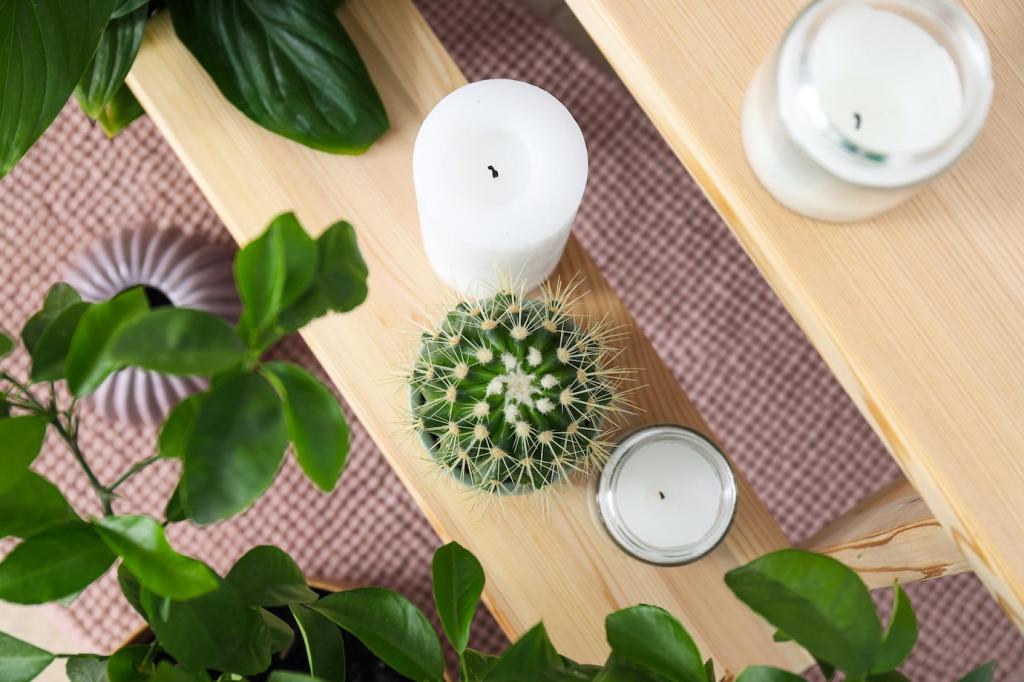
Why Sustainable Fabrics Matter Now
Modern mills transform post-consumer plastics, textile scraps, and agricultural residues into upholstery and drapery with rich hand-feel. Circular sourcing turns yesterday’s waste into tomorrow’s heirlooms, reducing extraction while unlocking fresh textures and design narratives.
Low-VOC finishes, plant-based dyes, and naturally antimicrobial fibers like wool and hemp support better indoor air quality. Imagine a living room that smells like nothing at all—just clean, calm air and fabrics free from harsh chemical residues.
Sustainable textiles now compete on elegance and endurance. Tight weaves, nuanced colorways, and performance coatings without forever chemicals prove you can specify durable, family-friendly fabrics without sacrificing softness, drape, or sophisticated, gallery-worthy texture.
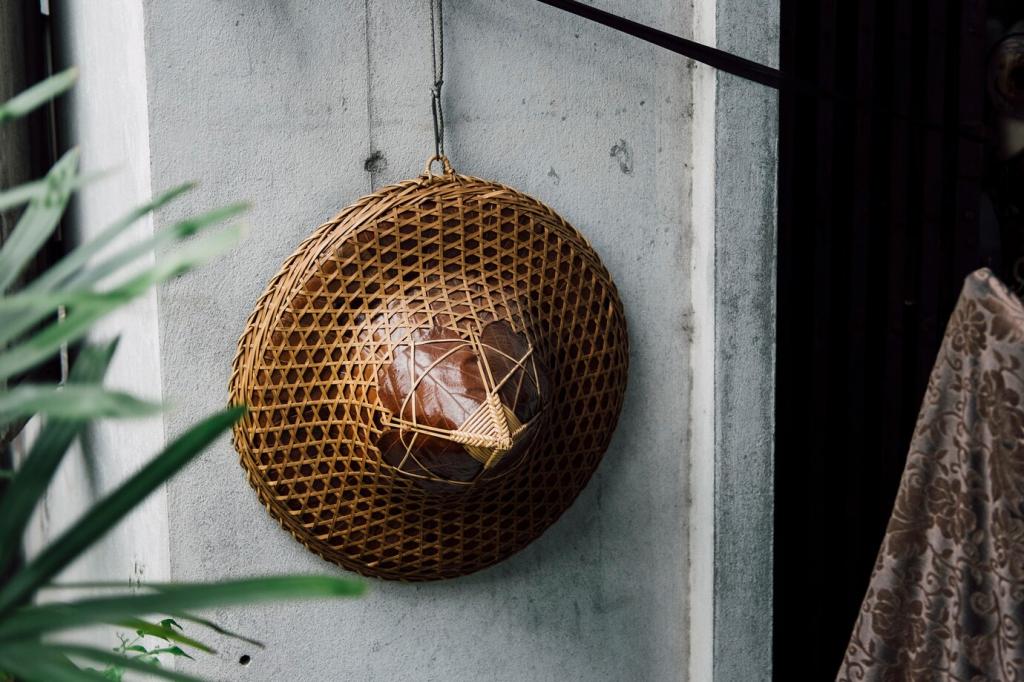
Material Spotlight: Recycled, Regenerative, Bio-Based
Upholstery woven from recycled PET bottles offers surprising loft and resilience. The yarns accept dye beautifully, enabling nuanced palettes while diverting plastic from landfills. Sit down and you’d never guess your sofa was once single-use packaging.

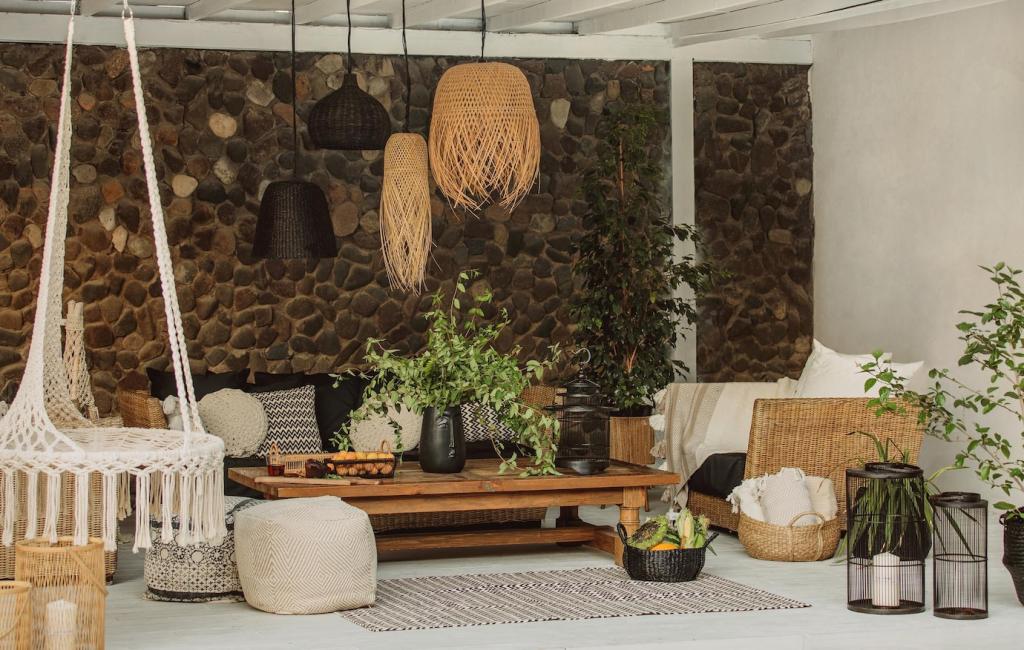
Material Spotlight: Recycled, Regenerative, Bio-Based
Hemp grows quickly with minimal inputs, while linen brings crisp drape and breathable comfort. Blended together, they deliver a relaxed, sun-kissed hand that softens over time—perfect for slipcovers, casual drapery, and tactile, coastal-inspired cushions.
Innovation Lab: Circularity and Smarter Finishes
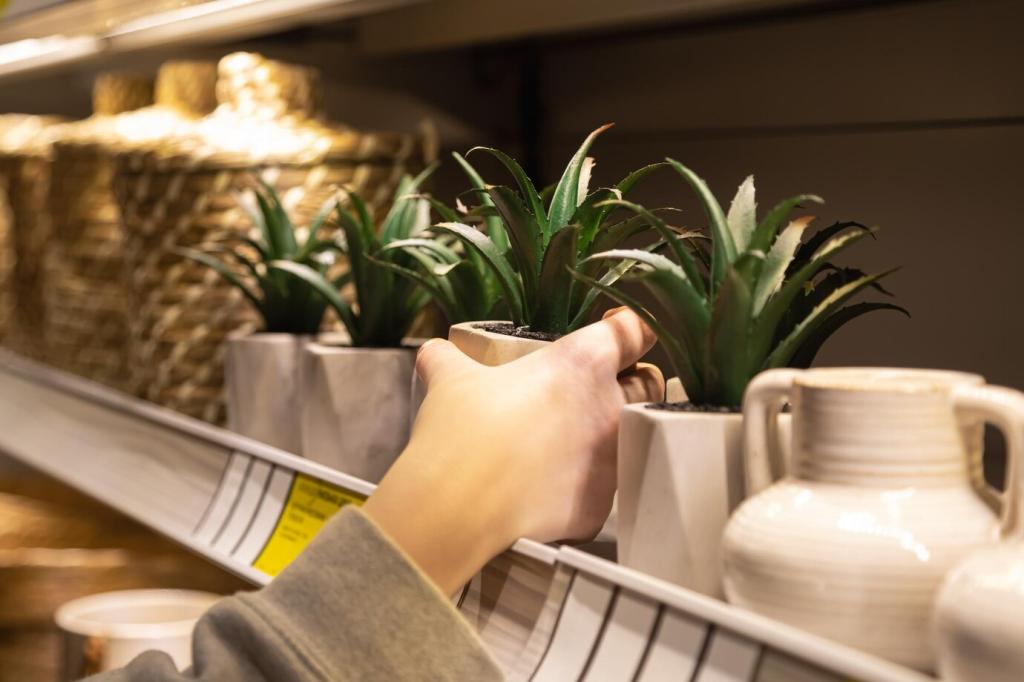
Modular, Repair-Friendly Soft Goods
Covers zip off, cushion cores swap easily, and spare yardage ships with the sofa. This design-for-disassembly mindset extends product life, invites seasonal refreshes, and makes maintenance a satisfying ritual rather than a dreaded overhaul.
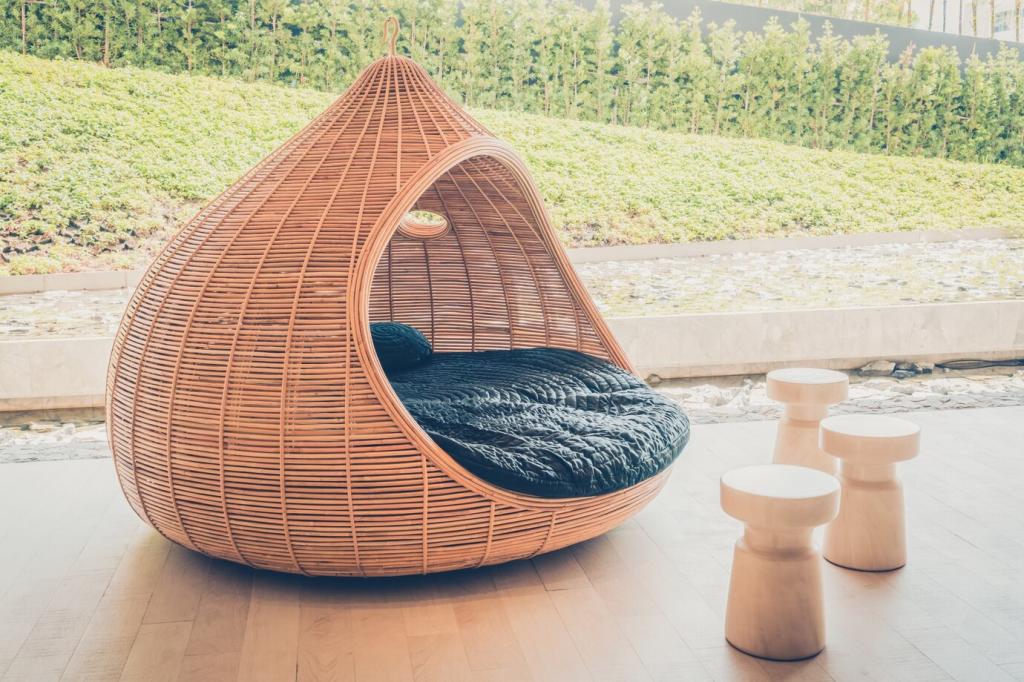
Take-Back and Circular Programs
Some mills now reclaim offcuts and end-of-life yardage, recycling fibers into new yarn. This keeps material in motion, not in storage or landfill, and helps designers close loops while telling clients a hopeful, forward-looking story.
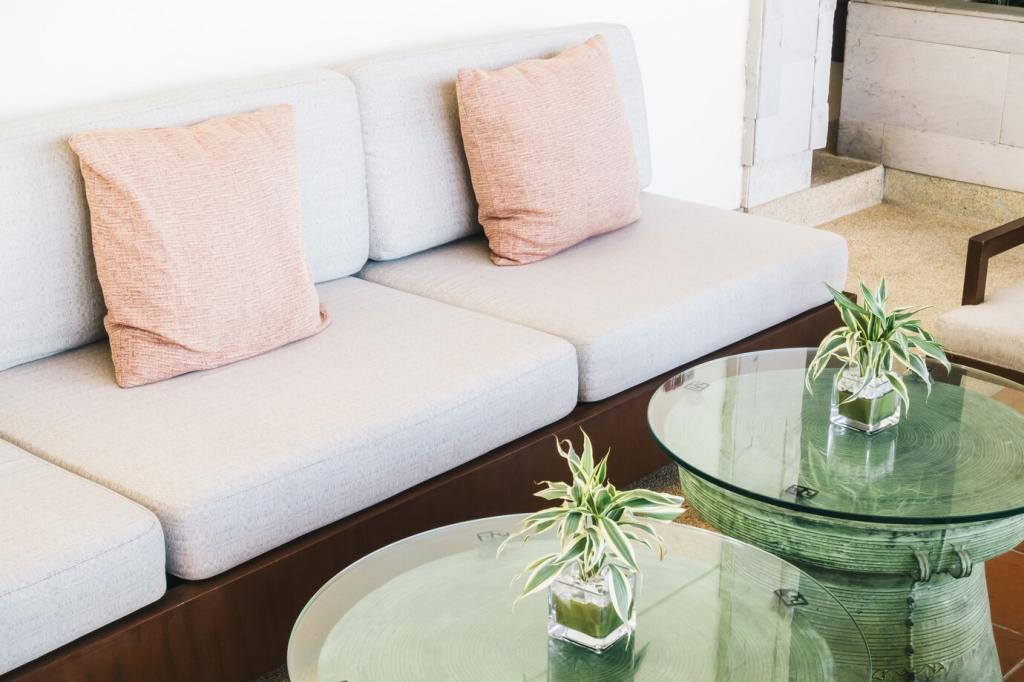
Bio-Based Dyes and PFAS-Free Protection
Natural pigment systems and C0 water-repellent finishes deliver performance without persistent chemicals. Wine spills bead up; colors glow with organic depth. You gain practicality and beauty, guided by chemistry that respects your home’s ecosystem.
Performance You Can Trust
High-abrasion weaves, tightly twisted yarns, and smart blends deliver resilience for family rooms and pet-friendly homes. These constructions stand up to daily life, keeping cushions plump and textures inviting through countless movie nights.
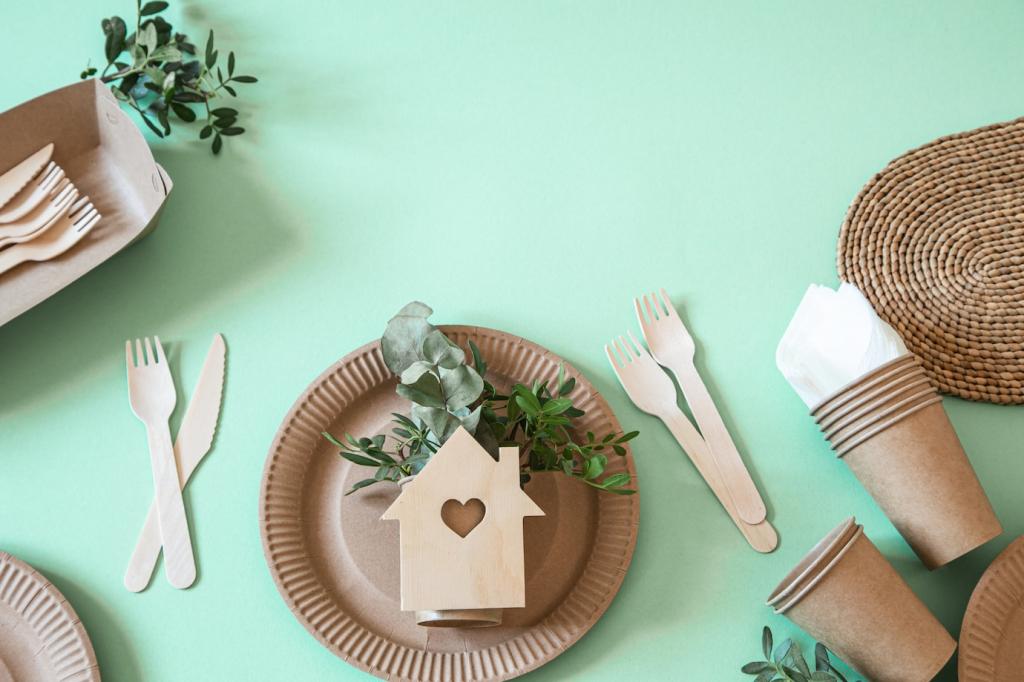
Palettes Rooted in Nature
Think riverbed blues, clay neutrals, and olive greens derived from botanical dye inspirations. These hues calm busy minds and complement natural light, creating spaces that breathe easily from sunrise coffee to late-evening reflection.
Texture You Want to Touch
Seeded slubs, soft brushed finishes, and open basket weaves reward the hand. Texture becomes a quiet soundtrack, turning everyday rituals—reading, resting, hosting—into sensory experiences that feel grounded, human, and gently restorative.
Provenance You Can Share
Labels now map fiber origins and mill practices. When guests ask about your sofa, you can tell a story of reclaimed bottles, mindful farms, and craftsmanship—proof that beauty is richer when it has an honest backstory.
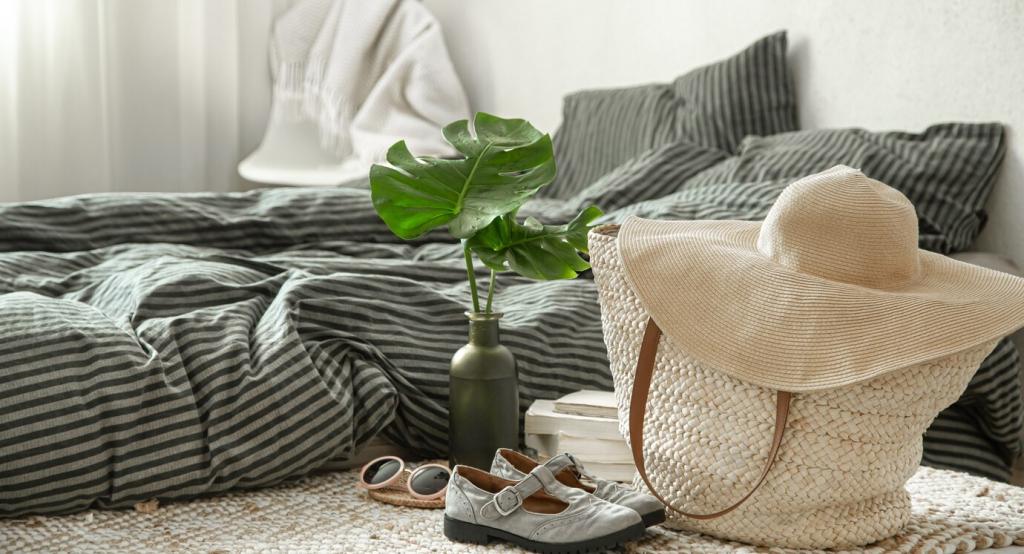
A young family wanted a bright, durable room where nap times and game nights could coexist. They asked for washable covers, fewer synthetics, and fabrics that would age gracefully rather than feel tired after one season.
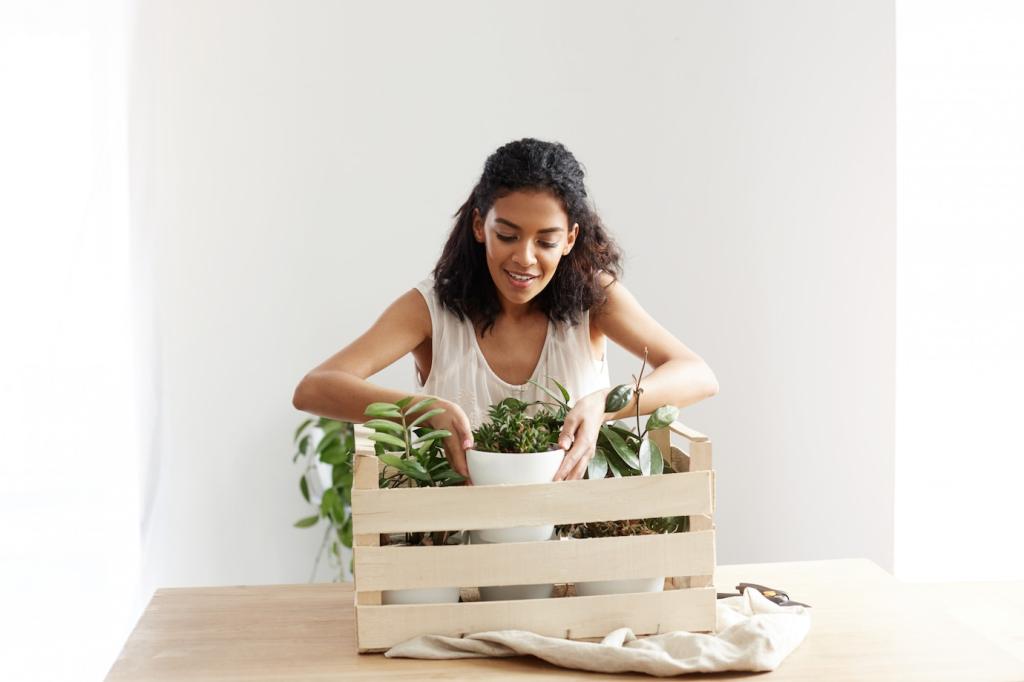
We paired recycled PET boucle on the sofa for texture and cleanability, hemp-linen slipcovers on accent chairs, and lyocell sheers for light. A wool throw grounded the palette and added natural flame resistance without added treatments.
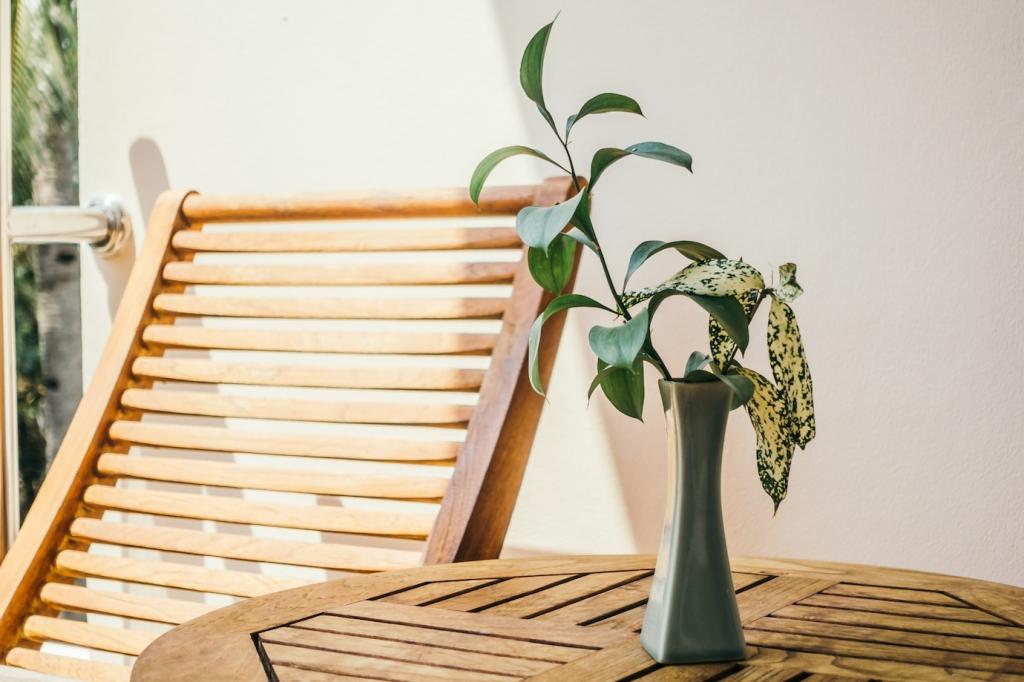
Weeks later, they emailed a photo of juice on the cushion—and a smile. The stain lifted easily. The room felt calmer, the colors warmer. They loved telling friends their drapery started as sustainable pulp, not petroleum.
Start Today: Practical Moves and Community
List textiles in your most-used rooms and note pain points: pilling, staining, off-odors. Prioritize replacements with recycled, plant-based, or wool options and consider modular covers so future updates become light lifts, not full re-dos.
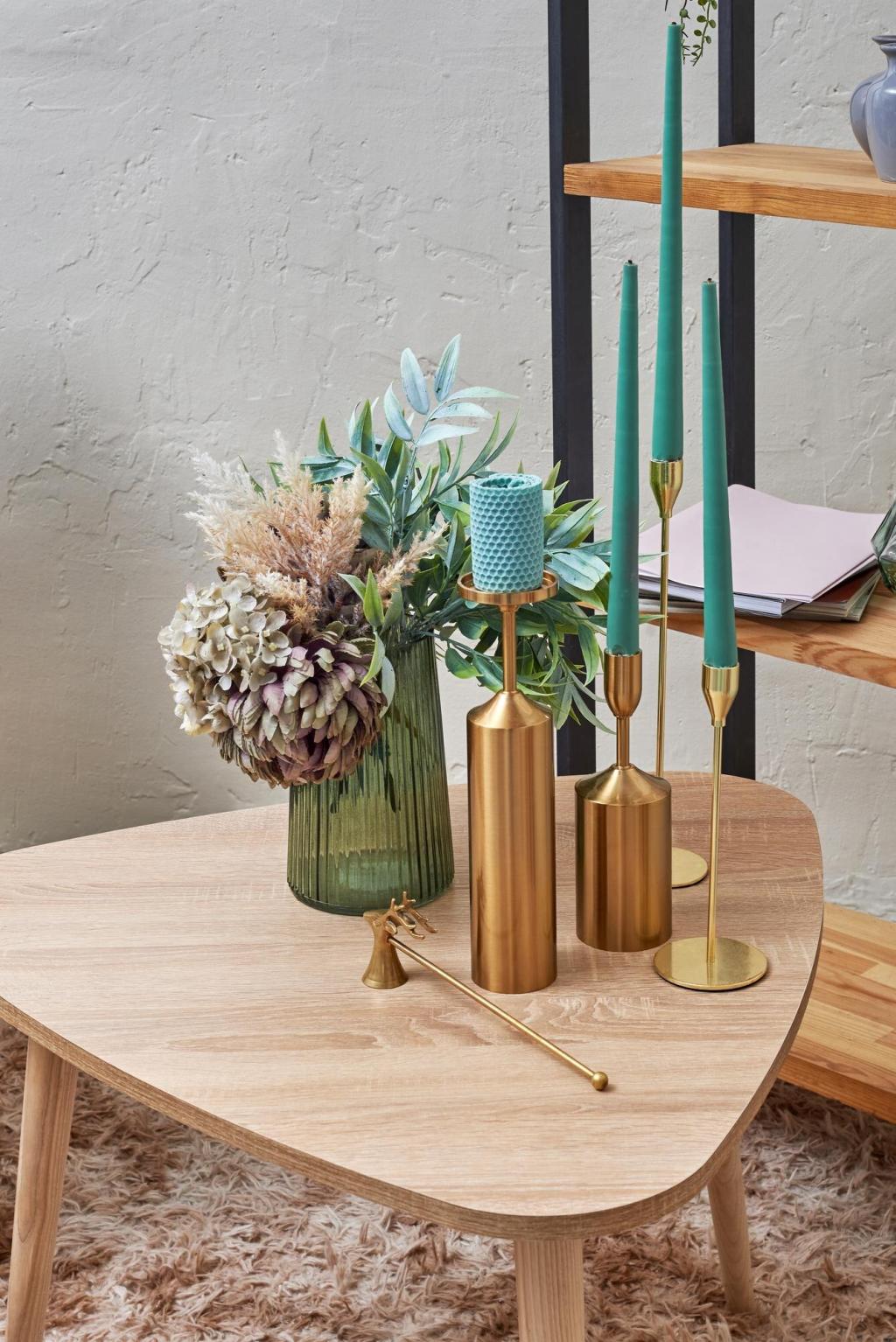
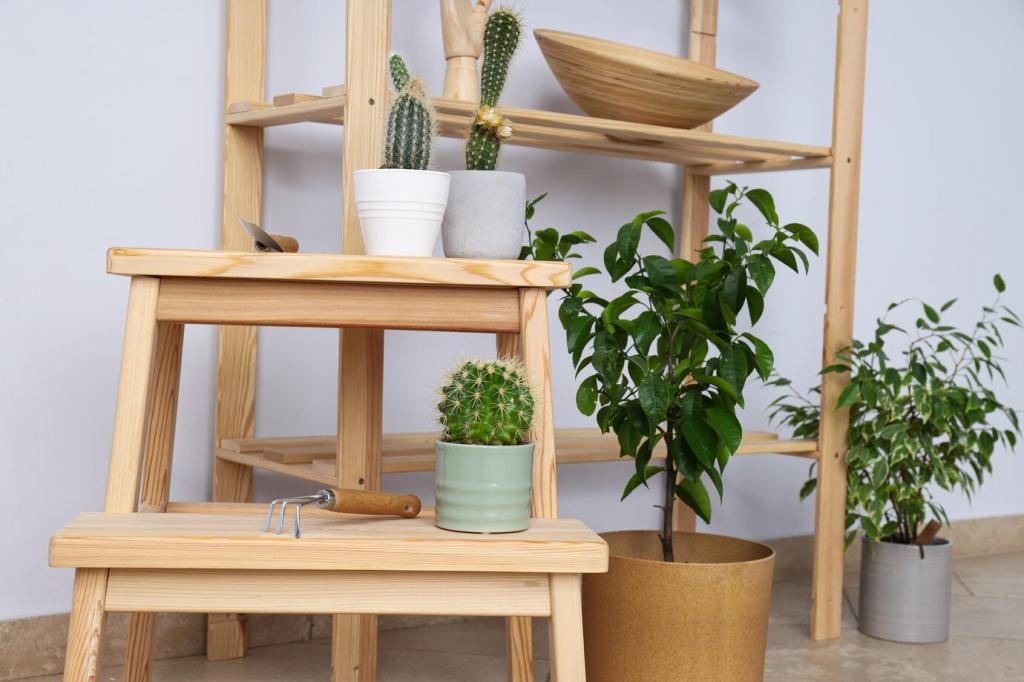
Start Today: Practical Moves and Community
Request fiber breakdowns, finish details, care instructions, and take-back options. Seek PFAS-free performance, closed-loop fibers, and transparent mill practices. Your questions signal demand and nudge the market toward cleaner, smarter innovation.
